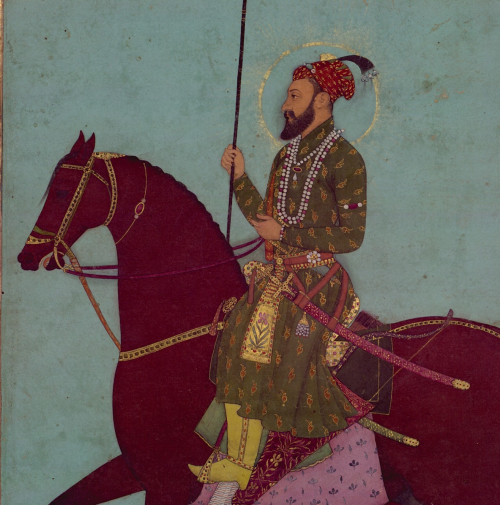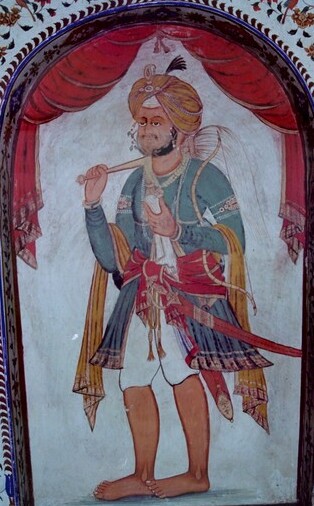BAGHEL SINGH (d. 1802), who succeeded in 1765 Karora Singh as leader of the Karor singhia misi or chief ship, is celebrated in Sikh history as the vanquisher of Mughal Delhi. A Dhalival Jatt, Baghel Singh arose from the village of Jhabal, in Amritsar district, to become a formidable force in the cis Sutlej region. According to Syad Muhammad Latif, he had under him 12,000 fighting men. As well as being a soldier, he was an adept in political negotiation and was able to win over many an adversary to his side. The Mughals, the Ruhilas, the Marathas and the English sought his friendship.
BHANGA SINGH (d. 1815), a prominent sardar of the Karorsinghia chief ship, seized in January 1764, after the fall of Sirhind, the parganah of Pehova along the bed of the River Sarasvati, 22 km west of Thanesar. Later he captured Thanesar leaving Pehova in the possession of his brother, Bhag Singh. Bhanga Singh and Bhag Singh commanded a force of 750 horse and 250 foot. In 1779, Bhanga Singh aligned himself with the Mughal chief, Abdul Ahd Khan, to recover his territory from Raja Amar Singh of Patiala. In January 1786, Bhanga Singh along with other Sikh chiefs entered the Ganga Doab at the head of 5,000 horse and ravaged Meerut, Hapur and Garh Mukteshvar. In April 1789, Mahadji Scindia, regent of the Mughal empire, confirmed Bhanga Singh`s right to rakhi or cess levied for protection in some of the areas under his influence.
BHIVA, BHAI, and his brother, Rup Chand, businessmen of Sirhind, were devout Sikhs of the time of Guru Arjan. They lived honestly, celebrated the Sikh festivals, and entertained their brethren faith on such occasions. Once a Mughal came to deposit with them gold mohars hid in a hollow piece of bamboo. They put away the bamboopiece for safe custody, but forgot to make an entry of the deposit in their books. The Mughal returned after five years to claim the deposit.








